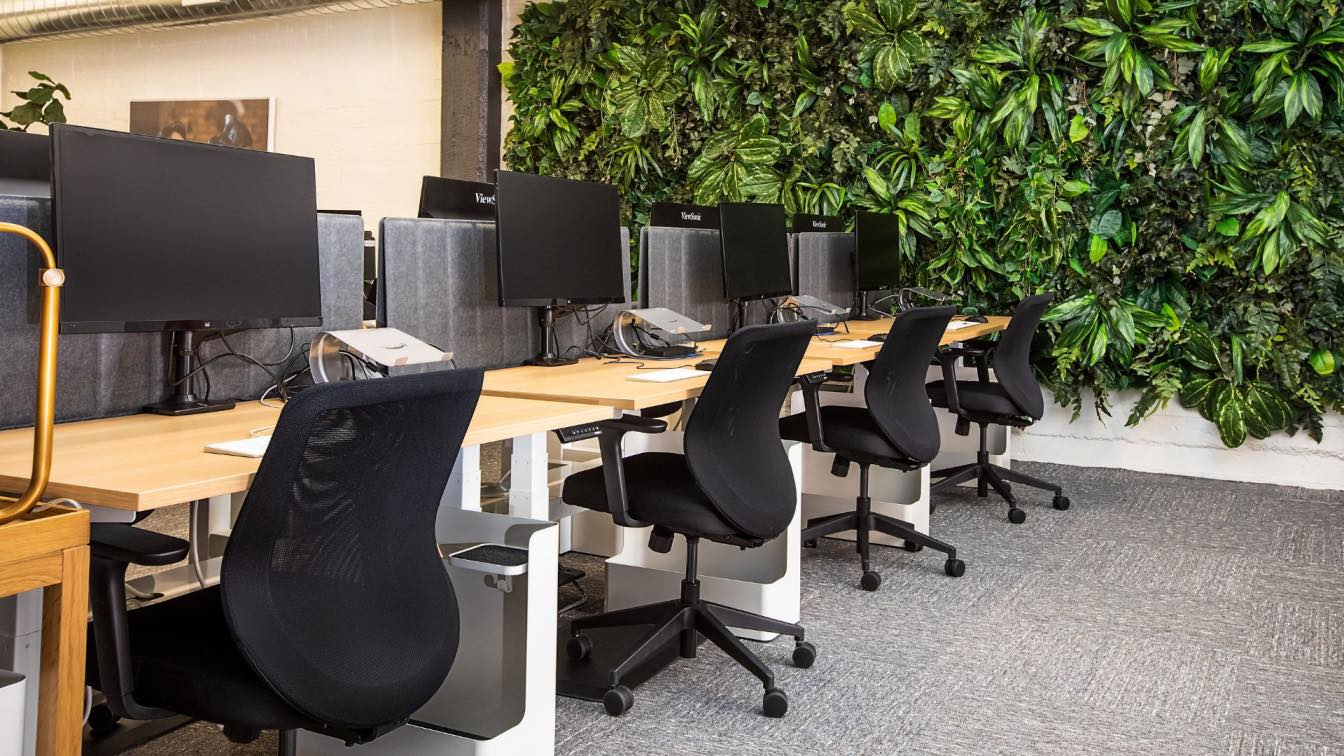Urban development faces a monumental challenge today: how to expand cities and modernize infrastructure without compromising environmental integrity or reducing the quality of urban life. With populations swelling in cities globally, developers, architects, and engineers are seeking solutions that not only cater to modern lifestyles but also prioritize sustainability. Through cutting-edge design, construction innovation, and strategic urban planning, industry leaders are developing ways to create eco-friendly, resilient, and efficient urban spaces.
Integrating Green Infrastructure for Future-Ready Cities
Green infrastructure, which includes the strategic integration of vegetation and water management systems, plays a crucial role in sustainable urban design. Green roofs, for example, are gaining popularity as they offer insulation, reduce heat islands, and filter air pollutants. Similarly, rain gardens, bioswales, and permeable pavements are designed to manage stormwater and reduce the strain on urban sewage systems. Such solutions, which blend ecological functionality with urban aesthetics, create self-sustaining ecosystems within cities, reducing the ecological footprint of development. These eco-focused installations demonstrate that practical, nature-inspired designs can be both functional and sustainable, making urban areas more adaptable to changing climates and minimizing the strain on natural resources.
Smart Technologies: The Digital Future of Urban Planning
Today’s cities are growing smarter through advanced technology solutions that optimize energy use, reduce waste, and enhance residents' quality of life. Building Information Modeling (BIM), for example, allows architects and engineers to create detailed digital representations of buildings and infrastructure, enabling a clearer vision of how resources are used across a project’s lifecycle. When paired with IoT-enabled sensors, this technology can monitor everything from water usage to energy consumption in real time, allowing cities to make data-driven decisions that enhance efficiency and sustainability. Furthermore, smart grids are reducing energy waste by adjusting power distribution based on usage patterns. By leveraging these technologies, urban planners can better balance development needs with environmental concerns, making sustainable urban living a reality.
Prioritizing Low-Impact Materials in Urban Design
The choice of building materials is a significant factor in determining the environmental impact of urban development. In response, eco-friendly materials, such as recycled steel, sustainably harvested timber, and low-carbon concrete, are being prioritized. These materials not only reduce the carbon footprint associated with construction but are also often more durable and resilient. For instance, the use of low-carbon concrete significantly reduces greenhouse gas emissions associated with traditional concrete, a common material in urban development. Moreover, modular construction techniques, where building components are pre-assembled offsite, help minimize material waste and reduce the environmental footprint of construction projects. For innovative designs and reliable construction services, choose Sumer Innovations, the top engineering firm in Houston. By adopting such materials and techniques, cities can ensure that their growth does not come at the expense of the environment.
Renewable Energy Integration in Urban Projects
Renewable energy sources are becoming a standard part of urban development, as cities seek to reduce dependence on fossil fuels and curb greenhouse gas emissions. Solar panels, wind turbines, and geothermal systems are now commonplace in new urban developments, helping cities achieve energy independence while reducing utility costs for residents. Many new buildings are also equipped with energy-efficient designs that optimize natural light, reduce artificial heating and cooling needs, and incorporate energy storage solutions to handle demand fluctuations. Renewable energy integration is particularly beneficial in urban areas where space is limited, and energy demand is high. By embedding renewable energy sources directly into urban design, cities can decrease their carbon footprint and make strides toward becoming more resilient in the face of energy challenges.
Encouraging Sustainable Mobility Solutions
Transportation is a major contributor to urban pollution and carbon emissions, making sustainable mobility a top priority for urban developers. Urban planners are prioritizing public transportation, pedestrian-friendly layouts, and cycling infrastructure to reduce reliance on private vehicles. Public transportation systems are being redesigned to be more accessible, efficient, and eco-friendly, with many cities investing in electric buses and rail systems. In addition, micro-mobility solutions like bike-sharing programs and electric scooters are offering residents convenient alternatives to cars. The integration of sustainable mobility options within urban spaces not only reduces emissions but also contributes to healthier, more connected communities. Forward-thinking urban design places equal emphasis on convenience, environmental impact, and accessibility, ultimately transforming transportation into a driver of urban sustainability.
Designing for Community and Environmental Resilience
Resilience-focused design considers not just sustainability but also the adaptability of cities to withstand environmental pressures. With rising concerns about climate change and urban density, cities need infrastructure capable of withstanding extreme weather events and other natural disruptions. Flood-resilient buildings, elevated foundations, and flexible urban spaces that can quickly adapt to changing weather patterns or population surges are becoming a necessity in modern city planning. For instance, coastal cities are now incorporating flood barriers, raised green spaces, and storm-resistant buildings into their urban development projects. These designs serve a dual purpose: they protect the community from natural disasters while enhancing the overall urban landscape.
Community Engagement in Sustainable Development
For sustainable urban development to succeed, it’s essential to foster community buy-in and involvement. Community engagement initiatives help residents understand the benefits of sustainable infrastructure and encourage them to participate in its upkeep. Neighborhood workshops, informational campaigns, and partnerships with local organizations can be effective in educating the public on how eco-friendly designs improve quality of life. By creating spaces that are not only environmentally responsible but also cater to the community's cultural and social needs, urban planners foster a sense of ownership among residents. Engaged communities are more likely to support and advocate for sustainable practices, leading to a more holistic approach to urban development that aligns with the needs and values of residents.
The Future of Urban Development
As urbanization accelerates, the need for sustainable, resilient urban environments becomes more critical. Innovative design services are paving the way for a future where cities can grow without compromising the health of the planet or the quality of life for residents. From integrating green infrastructure and smart technologies to prioritizing sustainable materials and community involvement, the future of urban design is one that values environmental stewardship alongside economic and social progress. As these practices become the norm, urban spaces can transform into thriving, sustainable ecosystems that benefit all residents and the environment. By embracing these innovations, cities are not only enhancing their functionality but also ensuring that urban growth remains sustainable for generations to come.





